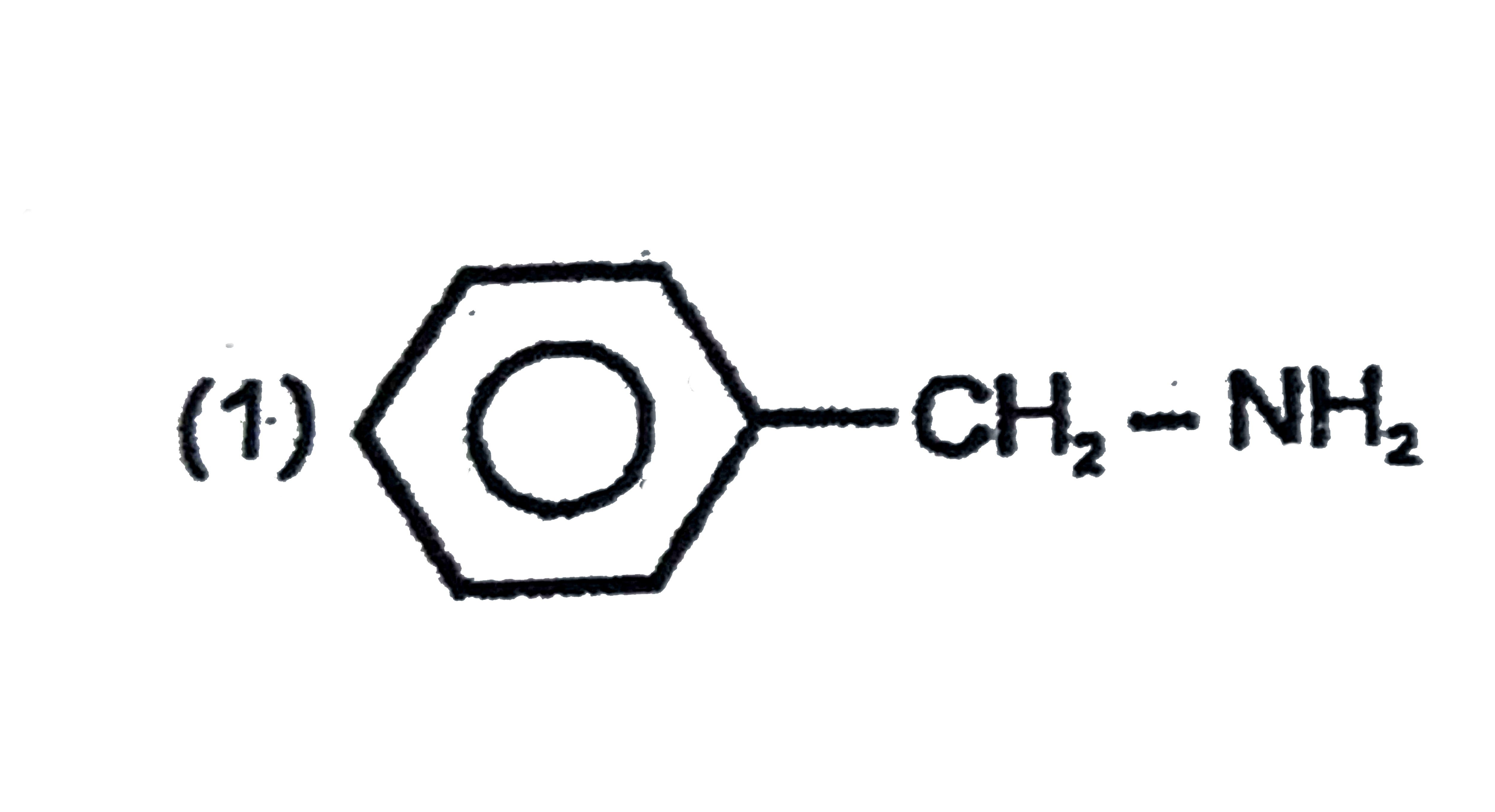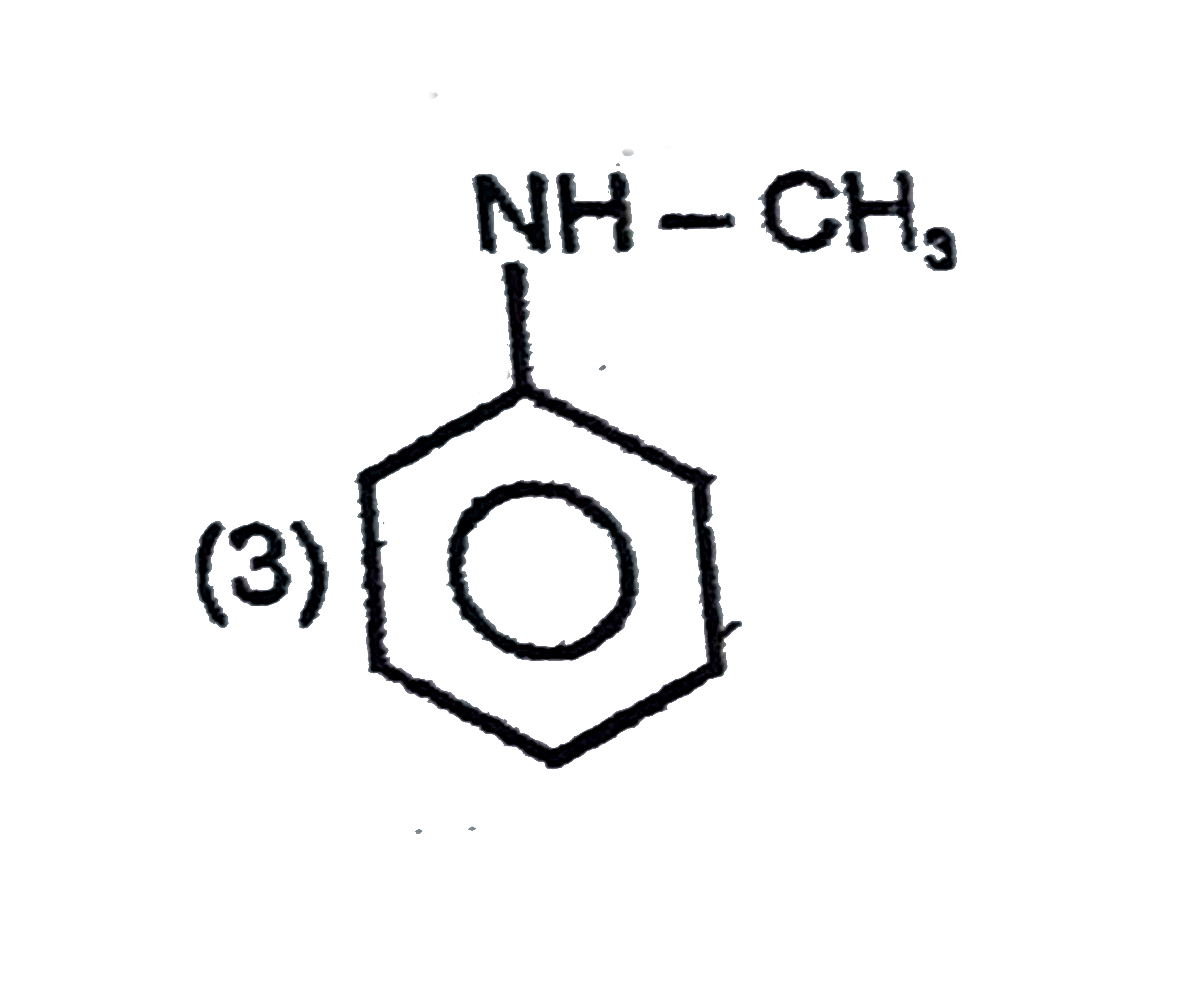A hydrocarbon 'A' (C4H8) on reaction HCl gives a compound 'B', (C4H9Cl) which on reaction with 1 mol of NH3 gives compounds 'C' (C4H11N). On reacting with NaNO2 and HCl followed by treatment with water compound 'C' yields an optically active alcohol, 'D'. Ozonolysis of 'A' given 2mols of acetyldehyde. Identify compound 'A' to 'D'. Explain the reaction involved.
(i) M.F. of compound A(C4H8) corresponds to the general formula CnH2n where n=4, therefore, A is an alkene. Since ozonolysis of compound A(C4H8) gives two moles of acetaldehyde, therefore, alkene (A) must be symmetrical, i.e., but-2-ene.
CH3CH=CHCH3But-2-ene(i)O3/CH2Cl2−−−−−−−−−→(ii)Zn/H2O2CH3CH=OAcetaldehyde (A)
(ii) Since compounds (A), i.e., but-2-ene reacts with HCl to form compound (B), therefore, (B) must be 2-chlorobutane.
CH3CH=CHCH3But-2-ene+HCl→CH3CH2−CHCl−CH32-Chlorobutane (B)
(iii) Since compound (B), i.e., 2-chlorobutane reacts with one mole of NH3 to give compound (C), therefore, compound (C) must be a 1∘ amine, i.e., butan-2-amine.
CH3CH2−∗C∣ClH−CH32-Chlorobutane (B) (Optically active)NH3 (1 mole)−−−−−−−−→−HClCH3CH2−∗C∣NH2H−CH3Butan-2-amine (C)
(iv) Since compound (C) reacts with NaNO2/HCl, to give an alcohol (D), therefore, compound (D) must be butan-2-ol. please note that 2-clorobutane (B), butan-2-amine (C) and butan-2-ol (D) contain a chiral carbon, therefore, all these compounds are optically active.
CH3CH2−∗C∣NH2H−CH3Butan-2-amine (C) (Optically active)NaNO2/HCl−−−−−−−→CH3CH2−∗C∣OHH−CH3Butan-2-ol (D) (Optically active)
Topper's Solved these Questions
- ORGANIC COMPOUNDS CONTAINING NITROGENBook:PRADEEPChapter:ORGANIC COMPOUNDS CONTAINING NITROGENExercise:ADDITIONAL QUESTIONS (VERY SHORT ANSWER QUESTIONS)
Explore 59 Videos
- ORGANIC COMPOUNDS CONTAINING NITROGENBook:PRADEEPChapter:ORGANIC COMPOUNDS CONTAINING NITROGENExercise:ADDITIONAL QUESTIONS (SHORT ANSWER QUESTIONS)
Explore 79 Videos
- ORGANIC COMPOUNDS CONTAINING NITROGENBook:PRADEEPChapter:ORGANIC COMPOUNDS CONTAINING NITROGENExercise:NCERT EXEMPLAR PROBLEMS WITH ANSWERS, HINTS AND SOLUTIONS (ASSERTION AND REASON TYPE QUESTIONS)
Explore 7 Videos
- HALOALKANES AND HALOARENESBook:PRADEEPChapter:HALOALKANES AND HALOARENESExercise:IMPORTANT QUESTIONS FOR BOARD EXAMINATION
Explore 22 Videos
- P-BLOCK ELEMENTS Book:PRADEEPChapter:P-BLOCK ELEMENTS Exercise:IMPORTANT QUESTIONS FOR BOARD EXAMINATION
Explore 25 Videos
Similar Questions
A hydrocarbon 'A' (C4H8) on reaction HCl gives a compound 'B', (C4H9Cl) which on reaction with 1 mol of NH3 gives compounds 'C' (C4H11N). On reacting with NaNO2 and HCl followed by treatment with water compound 'C' yields an optically active alcohol, 'D'. Ozonolysis of 'A' given 2mols of acetyldehyde. Identify compound 'A' to 'D'. Explain the reaction involved.
View SolutionCompound A(C4H8) on treatment with gives compound B which is optically inactive. What is structure of A?
View Solution
Knowledge Check
A hydrocarbon A(C4H8) on reaction with HCl gives a compound B(C4H9Cl) which on reaction with 1 mole of NH3 gives a compound C(C4H11N). On reacting with NaNO2 and HCl followed by treatment with water, compound C yields an optically active alcohol,D. Ozonolysisi of A gives 2 moles of acetaldehyde.
The structure of compound C isA2-aminobutaneBN, N-dimethylenthanamineCdiethylamineDbutylamineC5H13N reacts with HNO2 to give an optically active alcohol The compound is
APentan-1-amineBPentan-2-amineCN,N-dimethylpropan-2-amineDN-methylbutan-2-amineCompound (x)(m.f=C7H8N), on reaction with NaNO2 and conc. HCl at O∘C followed by β− naphthol gives orange coloured dye. Compound (x) is :
A B
B C
C DAll of these
DAll of these
An organic compound A (C4H10O) reacts with HI giving a compound B (C4H9I) which on reduction gives n-butane. Oxidation of compound A gives C (C4H8O) and then an acid D (C4H8O2) . Deduce the structure of A,B,C and D.
View SolutionAn aromatic compound 'A' (C7H9N) on reacting with NaNO2/HCl at 0∘C forms benzyl alcohol and nitrogen gas. The number of isomer possible for the compound 'A' is
View SolutionOptically active isomer (A) of (C5H9Cl) on treatment with one mole of H2 gives an optically inactive compound (B) compound (A) will be :
View SolutionCompound C4H8CI2(A) on hydrolysis gives a compound C4H8O(B) which reacts with hydroxylamine and does not give any test with Tollens reagent . What are (A) and (B) ?
View SolutionAn alkene (A)C16H16 on ozonolysis gives only one product (B)(C8H8O). Compound (B) on reaction with NH2OH followed by reaction with H2SO4,Δ gives N - methyl benzamide the compound 'A' is -
View Solution
